Optimal Seasons for Metal Railing Repairs
Metal railing repairs are most effectively performed during specific seasonal windows that minimize environmental impacts and ensure optimal material performance. The ideal time depends on local climate conditions, with moderate temperatures and low humidity being preferable for proper curing and adhesion of repair materials.
Spring offers moderate temperatures and low humidity, making it suitable for metal railing repairs. It allows for proper curing and reduces the risk of weather-related delays.
Summer can be suitable in cooler months or early mornings, but high temperatures and humidity may affect repair materials and curing times.
Fall provides cooler, stable weather conditions, reducing the risk of rapid temperature fluctuations that can impact repair durability.
Winter is generally unsuitable due to low temperatures, snow, and moisture, which can hinder proper adhesion and curing of repairs.
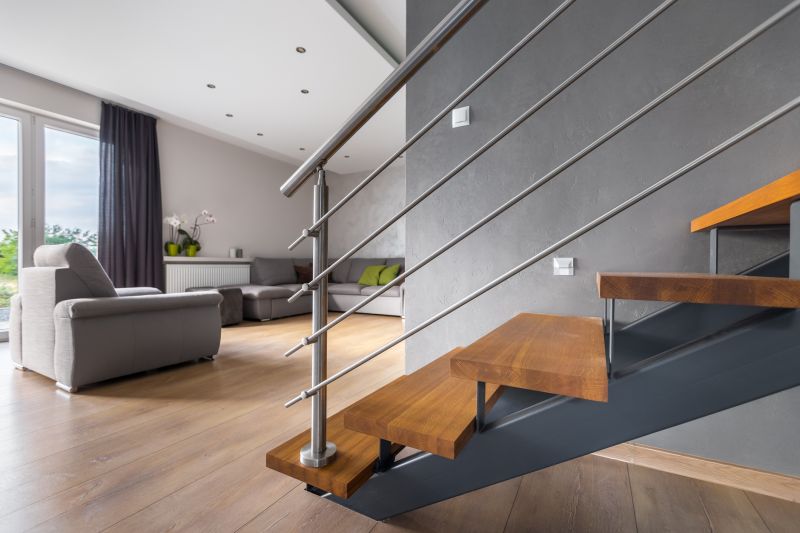
Ways to make Metal Railing Repairs work in tight or awkward layouts.
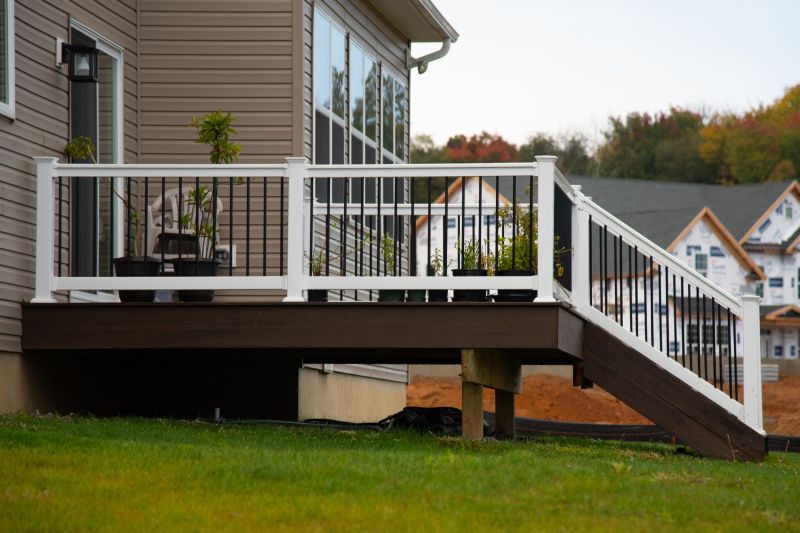
Popular materials for Metal Railing Repairs and why they hold up over time.
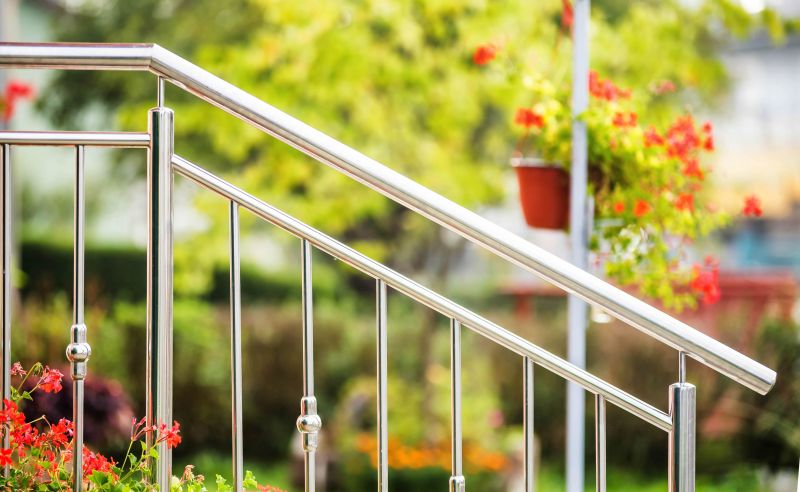
Simple add-ons that improve Metal Railing Repairs without blowing the budget.

High-end options that actually feel worth it for Metal Railing Repairs.
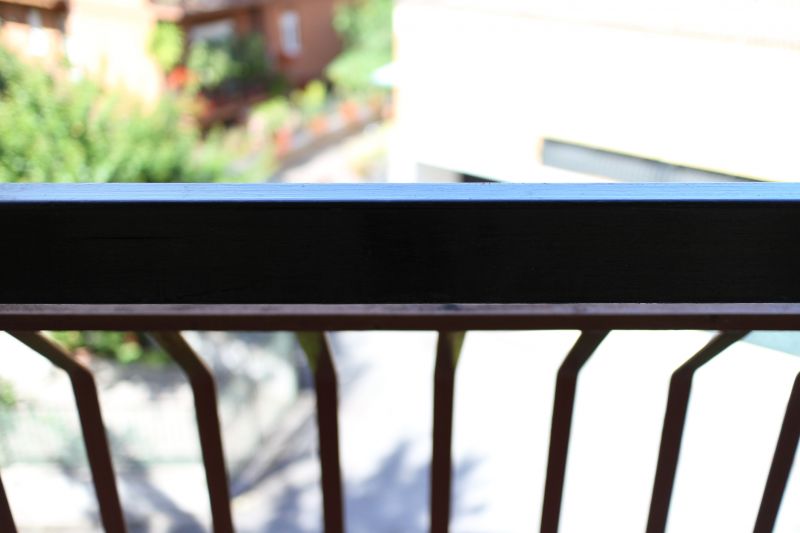
Finishes and colors that play nicely with Metal Railing Repairs.

Little measurements that prevent headaches on Metal Railing Repairs day.
Metal railing repairs involve addressing corrosion, structural damage, and aesthetic issues to restore safety and appearance. Regular maintenance can extend the lifespan of metal railings, which are commonly used for balconies, staircases, and fencing. Proper timing for repairs ensures materials are not exposed to adverse weather conditions that could compromise their integrity.
Statistics indicate that scheduling repairs during optimal weather conditions can reduce repair time by up to 30% and improve the longevity of the repair work. Approximately 65% of corrosion-related issues occur during humid or rainy seasons, emphasizing the importance of timing repairs during drier periods.

A 60-second routine that keeps Metal Railing Repairs looking new.

A frequent mistake in Metal Railing Repairs and how to dodge it.
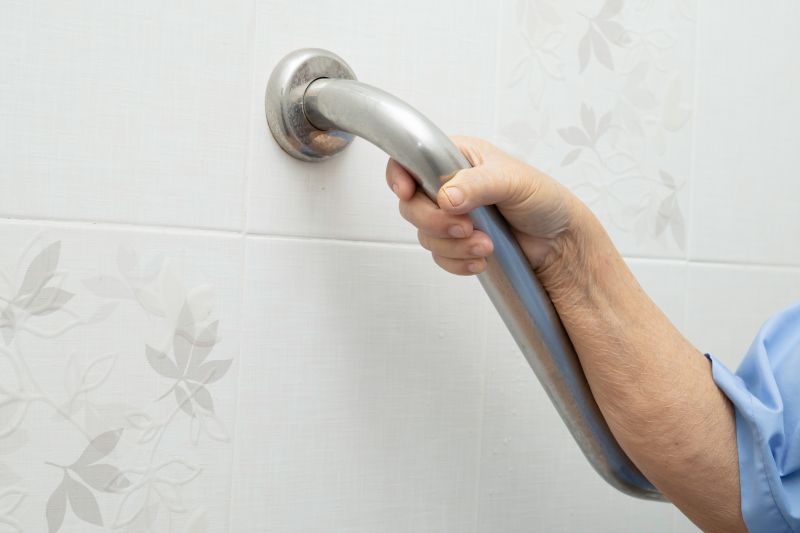
Small tweaks to make Metal Railing Repairs safer and easier to use.
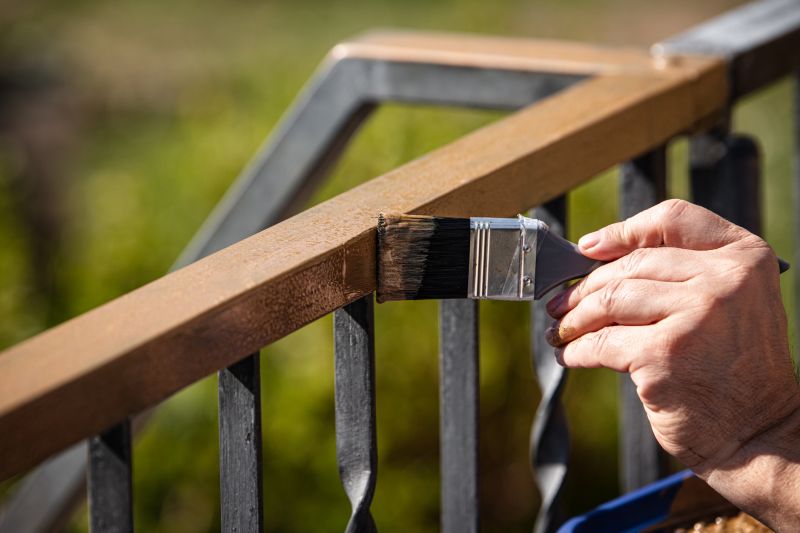
Lower-waste or water-saving choices for Metal Railing Repairs.
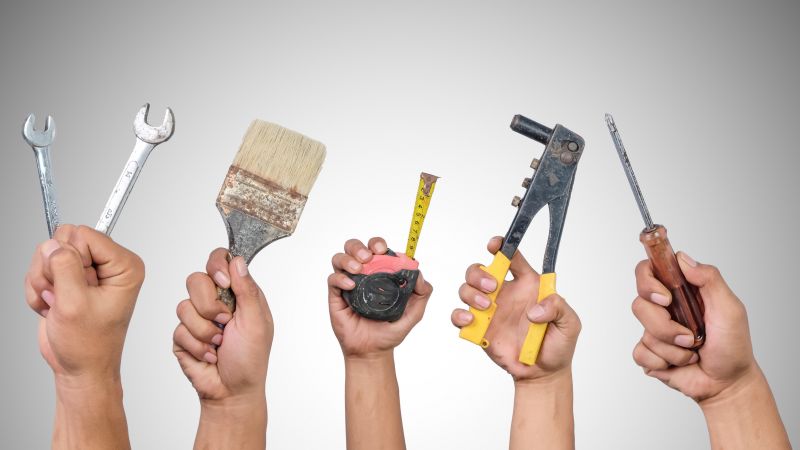
The short, realistic tool list for quality Metal Railing Repairs.
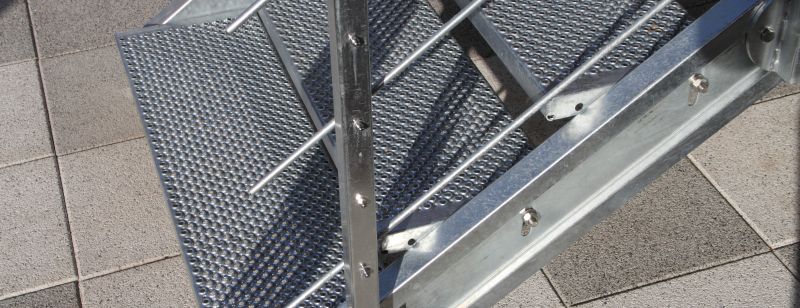
Rough timing from prep to clean-up for Metal Railing Repairs.
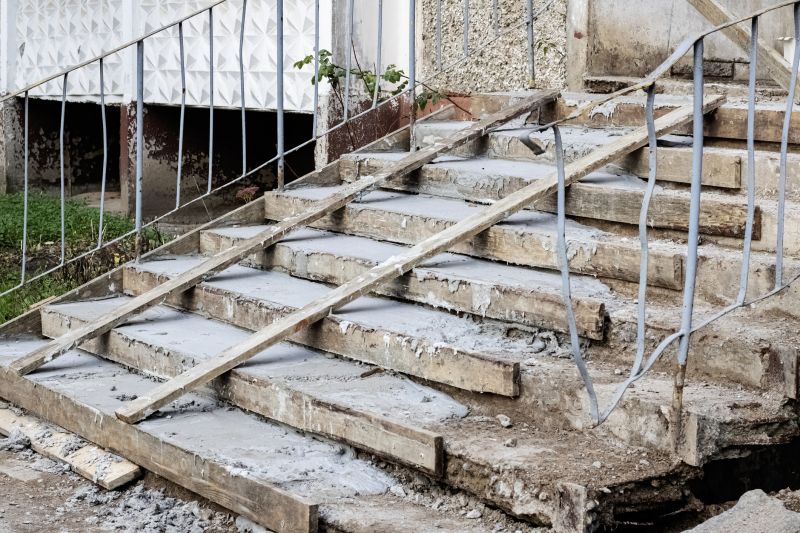
Quick checks and paperwork to keep after Metal Railing Repairs.
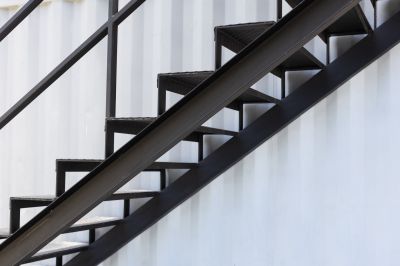
Examples that show the impact a good Metal Railing Repairs can make.
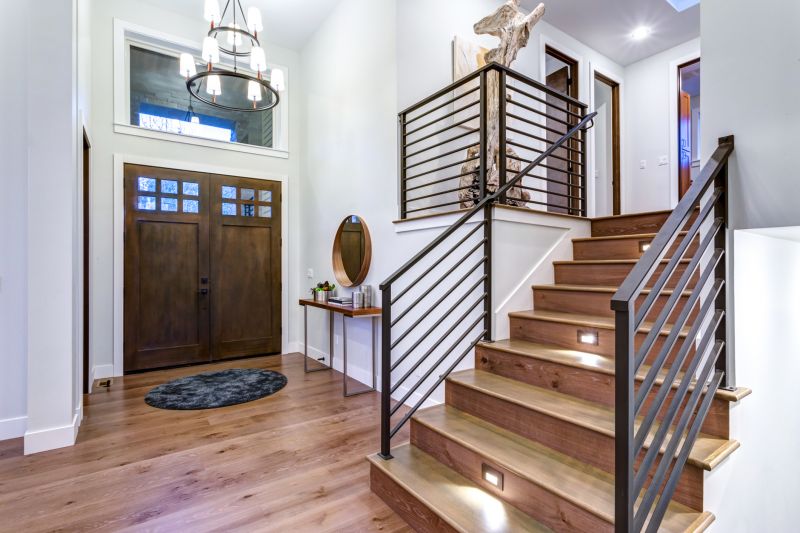
Ways to make Metal Railing Repairs work in tight or awkward layouts.
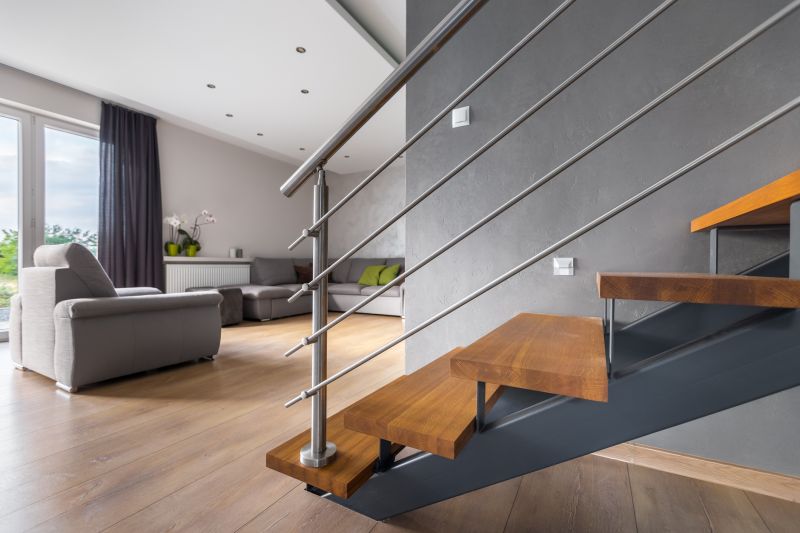
Ways to make Metal Railing Repairs work in tight or awkward layouts.
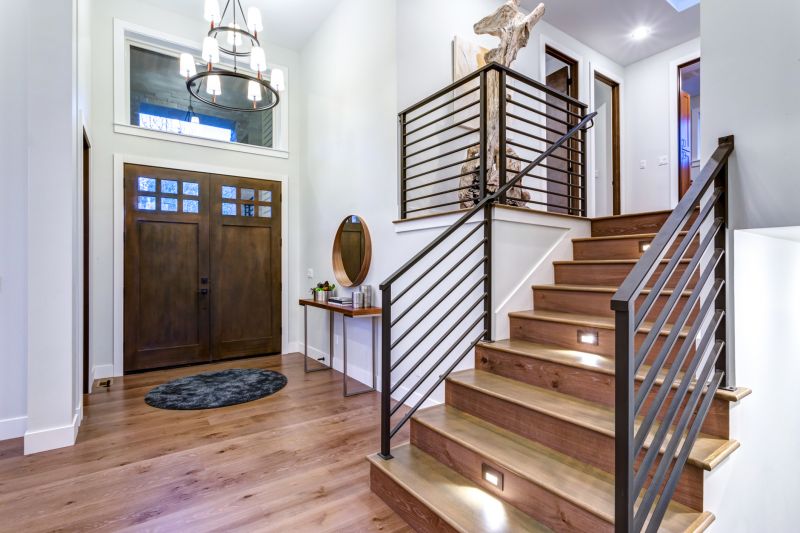
Ways to make Metal Railing Repairs work in tight or awkward layouts.
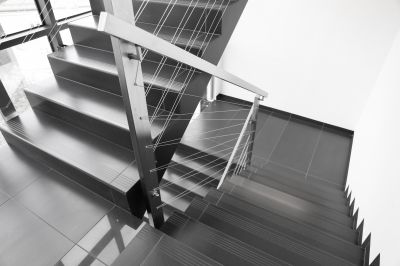
Ways to make Metal Railing Repairs work in tight or awkward layouts.
| Season | Ideal Conditions |
|---|---|
| Spring | Moderate temperatures, low humidity |
| Summer | Cool mornings, avoid peak heat |
| Fall | Stable weather, cooler temperatures |
| Winter | Not recommended due to low temperatures |
Filling out a contact form can provide tailored advice on scheduling metal railing repairs. Proper timing not only enhances repair quality but also optimizes costs and durability, making it a crucial consideration for property maintenance planning.



